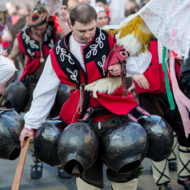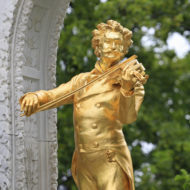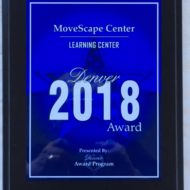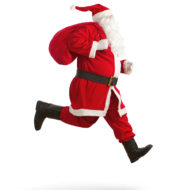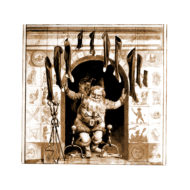
Last fall, a dozen brave explorers and I delved into Part 2 of Laban’s masterwork on spatial aspects of movement – Choreutics. We needed to be brave, because this part of the work presents many transverse and peripheral space harmony forms that are seldom taught today. But that is not the only, or most daunting, challenge.
Part 2 is based on a compilation of forms that Gertrud Snell Friedburg prepared as a birthday present for Laban in 1929. By this date, Laban had published the rudiments of his dance notation system.… Read More

